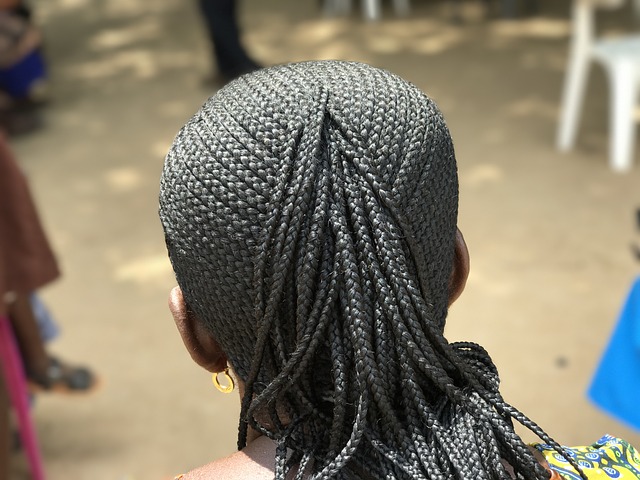By Kyra Azore

Cornrows have a rich history in the black community, a traditional hairstyle that traveled to America in the belly of the slave ship 400 years ago and can still be seen marching in the streets for freedom today. But cornrows have a more engrained purpose in the history of African Americans. It has been revealed that the designs in cornrows were used by slaves to disguise maps to freedom. In other cases, braids were used by slaves to pass messages along the plantation without raising the suspicion of their captors. But in some cases, cornrows also were used by enslaved mothers to ensure that their children could eat.
In a video posted on Instagram, women from the Maroon community in Suriname demonstrated how grains of rice would be braided into the hair. This was done so that a child separated from their mother during the Middle Passage or being sold off to another plantation would be able to eat while they were apart. Many times, families would be separated once they reached American shores at the first auction, and young children were often purchased without a parent.
Suriname is a small country on the northeast coast of South America, and the Maroons of Suriname make up the largest group of people with undiluted African blood within the Western hemisphere. They are the descendants of escaped slaves who were able to maintain their freedom by escaping to the country’s interior rainforests. Their community is also the only place in the Western hemisphere where African rice was cultivated on the land, and still is to this day. The rice plantations that were large in the Carolinas used Asian rice because of the larger yields. Suriname’s proximity to Africa’s rice coast increases the likelihood of rice being aboard the slave ships the Maroons were held captive on. The original grains of rice undoubtedly traveled to those shores weaved into the braids of the enslaved.
The Maroons of Suriname are a little-mentioned part of history that shows the innovation and strength of black women. During a time of great distress and confusion, enslaved women took the little they had to ensure that their children would be well taken care of in the unfortunate, but often real, event that they would be separated from them and never see them again.


